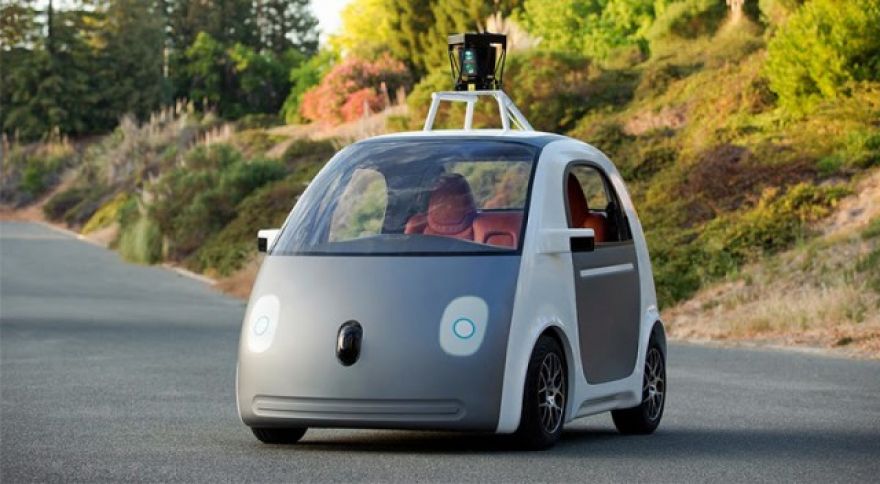
Google’s program was exposed some years back when it was still part of the mysterious Google X research division. The company’s organizational structure has changed markedly since then, and part of that has been a greater emphasis on the self-driving car program. Earlier this month, Google announced that it was into its own company called Waymo under the umbrella of Google’s parent company Alphabet. It’s looking for partners to build self-driving cars, and Honda seems interested. When Google was still running the show, the self-driving car program was actually building cars. It started with retrofitting regular vehicles, but then Google unveiled that strange little bubble car prototype.

Everyone seems to be casting their eyes to the moon lately. Between the three supermoons and the lunar eclipse, NASA’s tentative overtures toward manned lunar exploration, and the Lunar X Prize, the moon has been a constant presence in the news. Even the ESA is leaning toward literal moonshots; as part of “Space 4.0,” their General Director wants to build a village on the moon. The Lunar Village is less a blueprint for physical structures than it is a vision for pan-Europe cooperation on a persistent or permanent moon base. But they’re putting some money down, too. The ESA is developing a lunar lander, and they’ve got a slick about “the why and how of lunar exploration.
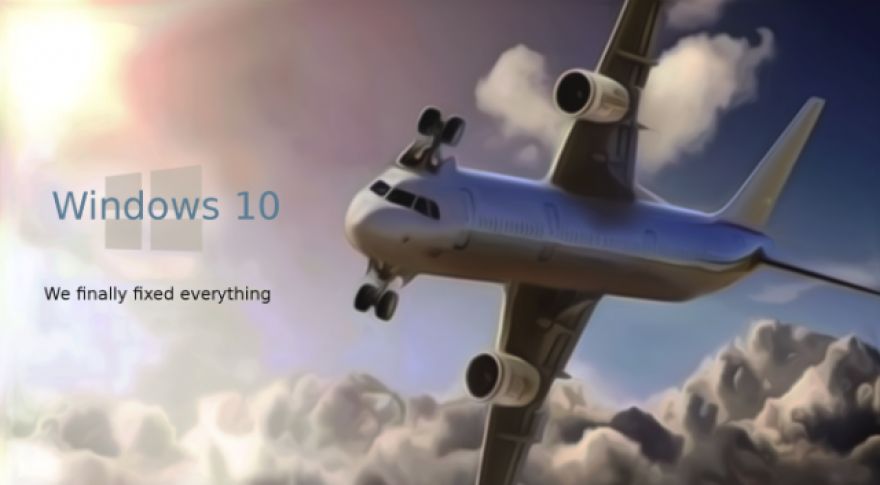
Update: An earlier version of this story reported that Capossela was interviewed by Softpedia. While Softpedia was reported elsewhere as originating the story, the actual interview was done by . ExtremeTech regrets the error. From mid-2015 to 2016, Microsoft ran two simultaneous experiments. First, it made Windows 10 free and available to anyone running Windows 7 or Windows 8. Second, it began an aggressive campaign to push people to upgrade. First Windows 10 became a “Recommended” download instead of an optional one. As time passed, reports of people being ‘accidentally’ upgraded to the new OS increased, while Microsoft made various changes to the “Get Windows 10” app that emphasized the need to upgrade and downplayed the idea that customers had a choice.
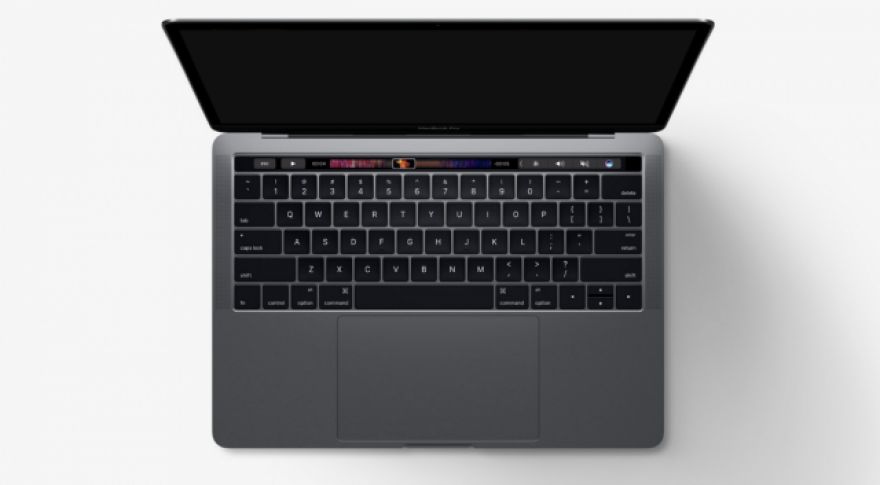
Apple’s new MacBook Pro isn’t having an easy time in the market. It’s been panned for its reliance on dongles, criticized for using older Intel chips, and a significant number of users have reported when using the system. Apple has responded to these complaints by cutting dongle prices and removing the “Time Remaining” indicator on the laptop’s battery, neither of which constitutes an actual solution. Now, Consumer Reports has refused to recommend the MacBook Pro for the first time ever. The reason? Battery life. , laptop battery life “varied dramatically from one trial to another.” Consumer Reports purchased each of its three machines at retail, with no interaction with Apple, to ensure it tested the same machines that consumers would purchase.
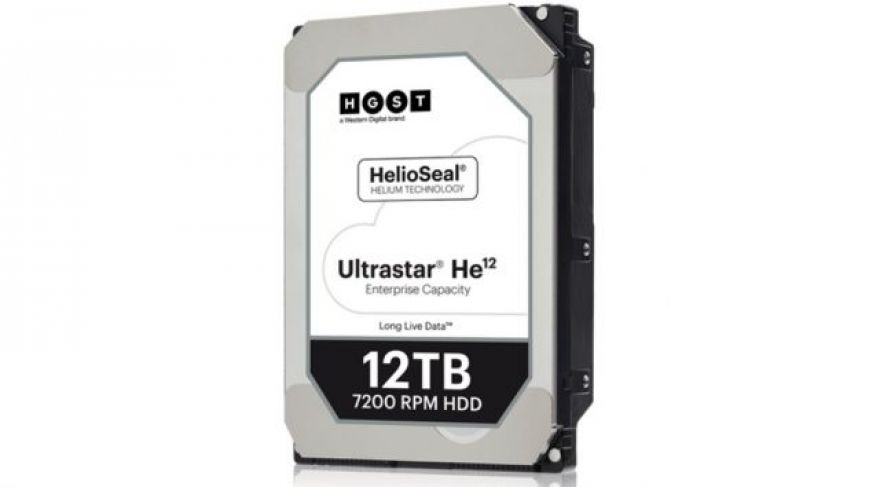
Hard drives may not demand the enthusiast attention they once did, thanks to the vastly improved performance of . But they still offer much more storage at a lower cost per gigabyte than your typical solid state drive. Western Digital was the first company to bring helium-filled hard drives to market, and the company is doubling down on its technology with the introduction of two new drives, with a 12TB drive shipping now and a 14TB coming in the near future. The 12GB HGST Ultrastar He12 (HGST is a subsidiary of Western Digital) is an eight-platter drive that packs 864Gbits/sq.
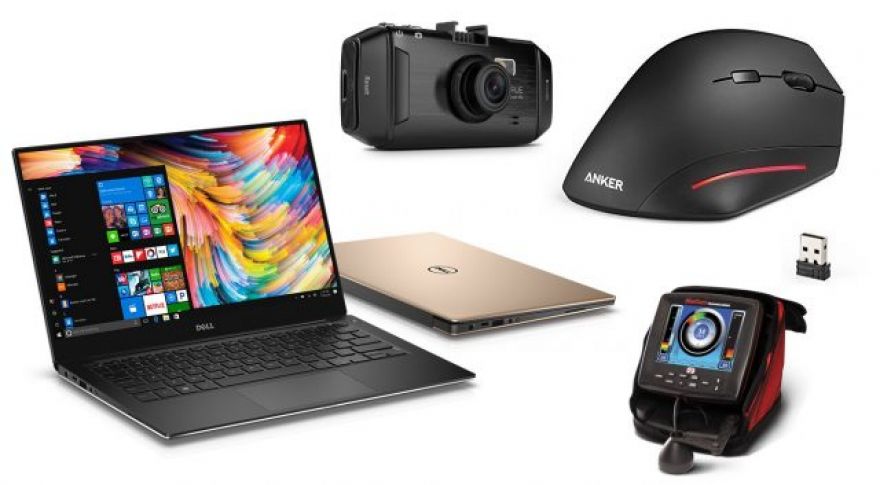
Still need to get your holiday shopping done? Worry not, there’s tons of great sales going on for December. From Dell laptops to VR headsets to big-screen 4K televisions, you can save a ton online, and get everything shipped to your door. • Lowest price! (Coupon code: WQ12RNCZ?NP$QH — List price: $1049.99) • (Coupon code: 684PT369XQXTXG — List price: $199.99) • PCMag editors’ choice: (Coupon code: GMSAVE100 — List price: $949.99) • (Coupon code: 50OFF699 — List price: $849.99) • (Coupon code: SBSAVE50 — List price: $799.99) • (Coupon code: SBSAVE80 — List price: $379) • (List price: $899.99)
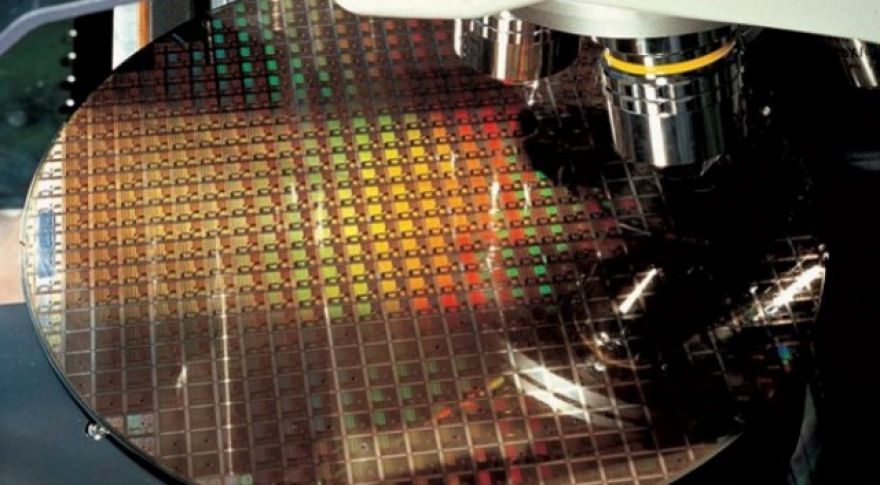
We’ve talked several times this year about TSMC’s plans to aggressively take back the market share it has lost to Samsung at 14nm, but the company isn’t just planning to ramp next-generation process nodes as quickly as possible. TSMC announced it will build a $15.7 billion foundry facility focused on the upcoming 5nm and 3nm process nodes. Given how long it takes to build next-generation fabs, that’s not surprising — it takes time to line up permits and permissions to build on a site, and several years of construction before any fab opens for business. Even once a facility is running some volume, it can take 9-12 months to bring the entire fabrication plant fully online.
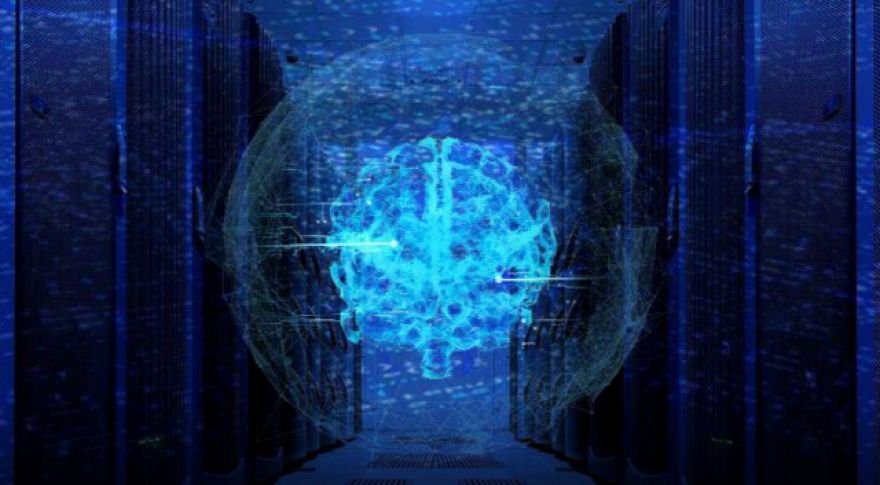
Deep learning and have been huge topics of interest in 2016, but so far most of the excitement has focused on either Nvidia GPUs or custom silicon hardware like Google’s TensorFlow. We know Intel is working on upcoming Xeon Phi-class silicon to throw at these problems, and AMD wants to enter the market too, courtesy of a new lineup of graphics cards based on three different product families. AMD will also offer its own software tools and customized libraries to accelerate these workloads. It’s still fairly early days for the AI and deep learning markets, and AMD could definitely use the cash — but what’s it going to bring to the table?
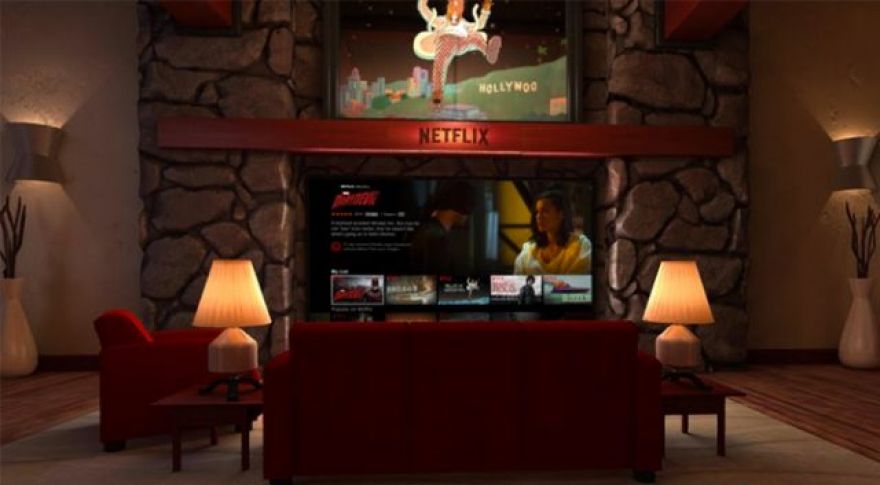
Google’s Daydream VR platform launched without support for Netflix, leaving Play Movies and TV as the only native video streaming source. Hulu was added a few weeks back, but Netflix is what everyone really wants. That app has , but it isn’t quite as capable as the standard Netflix client on Android. You do get a swanky virtual reality living room, though. Google’s Daydream VR currently works with the Pixel phones and Moto Z and Z Force. You also need a Daydream View headset, which sells for $80. The Netflix app doesn’t cost anything beyond the usual subscription price, though.









